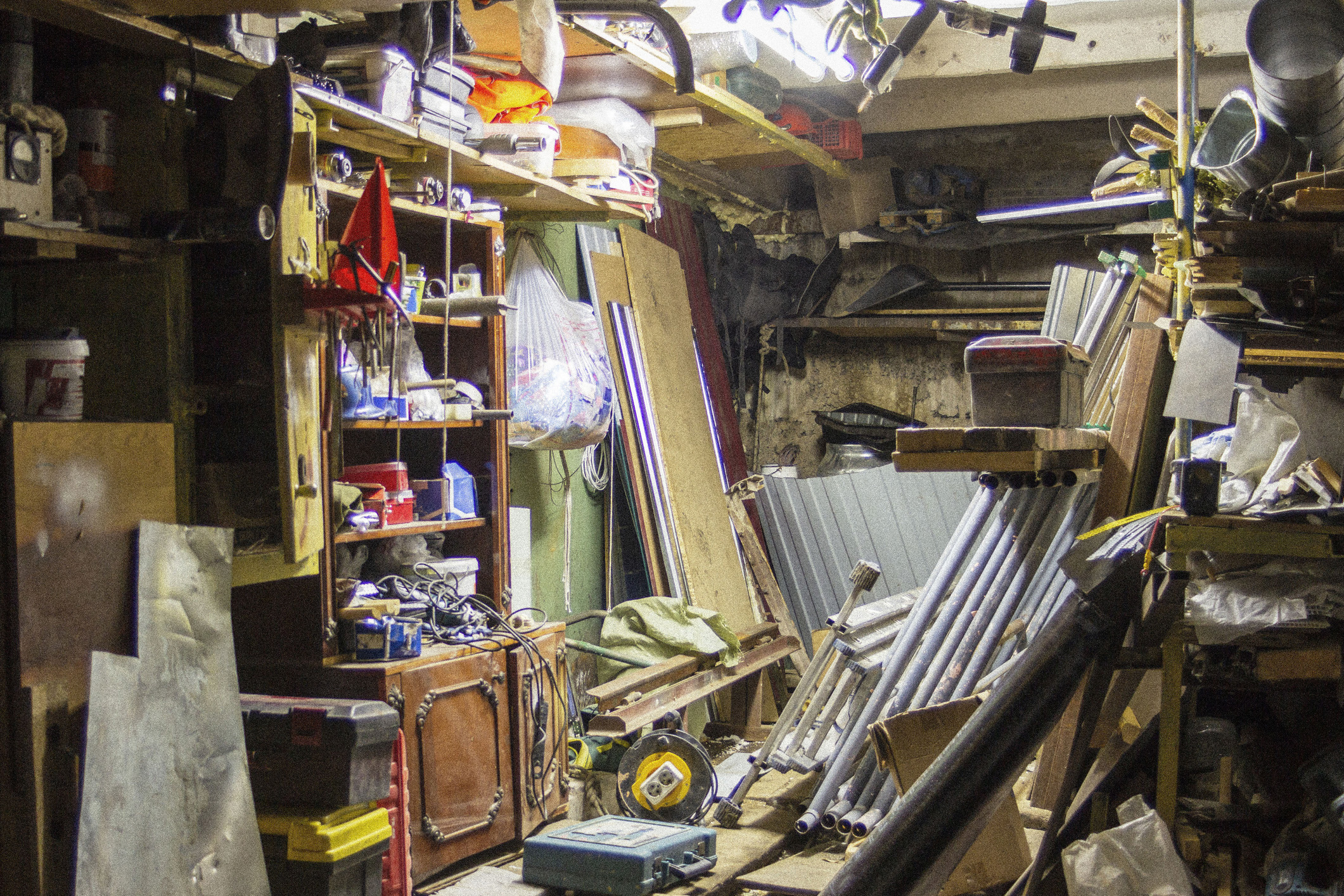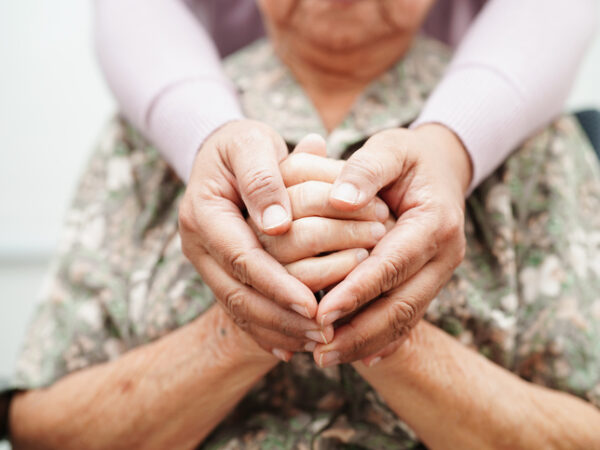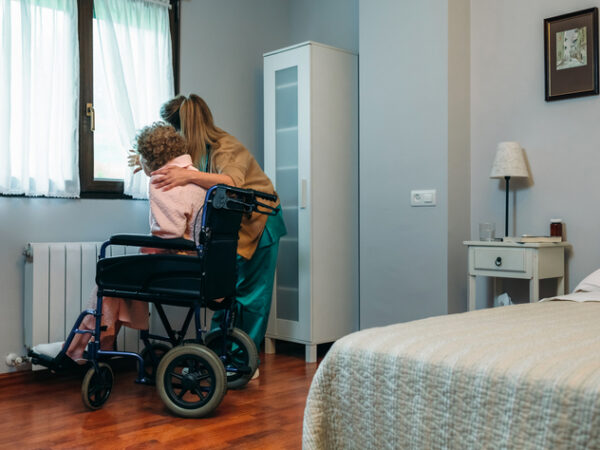If you have recently been caught up with HGTV’s Hoarder House Flippers, you will keenly understand how compulsive hoarding can quickly lead to dangerous living conditions, poor quality of life, and social isolation. Hoarding disorders affect about 19 million Americans and are more likely to occur among older adults and people with anxiety or depression.
According to a recent Hartford Healthcare article, compulsive hoarding causes a strong need to collect things. Common items that people with the condition accumulate include clothing, magazines, newspapers, and household goods. Some of the things people hold on to are sentimental, but much of a hoard would be considered junk by most. As possessions pile up, a home can quickly move from cluttered and disorganized to unsafe.
When bathrooms or kitchens become unusable, or hallways impassable, the situation for elderly adults especially can be dire. In addition to creating tripping dangers that can increase the risk of falls leading to injury, hoarding can also be a fire hazard. A 10-year Australian study of fatal house fires found that hoarding caused a quarter of the deaths.
When a hoarding disorder creates a hazardous situation, friends and family may be able to gently offer help to a love-one out of concern for their well-being. Confrontation and arguments will likely not help win the trust of a person who might be hoarding, and the process may take several attempts before progress is made.
A hoarding disorder can be caused by a combination of factors including traumatic life events, impaired cognitive function, or a genetic predisposition to the condition. Cognitive behavioral therapy has been used to help teach people with a hoarding compulsion to think differently and better resist behaviors and patterns that contribute to the issue. While CBT may not result in a complete stop to hoarding, treatment often helps people to live in a home that is much cleaner, safer and functional.






Add Your Voice
0 Comments
Join the Discussion